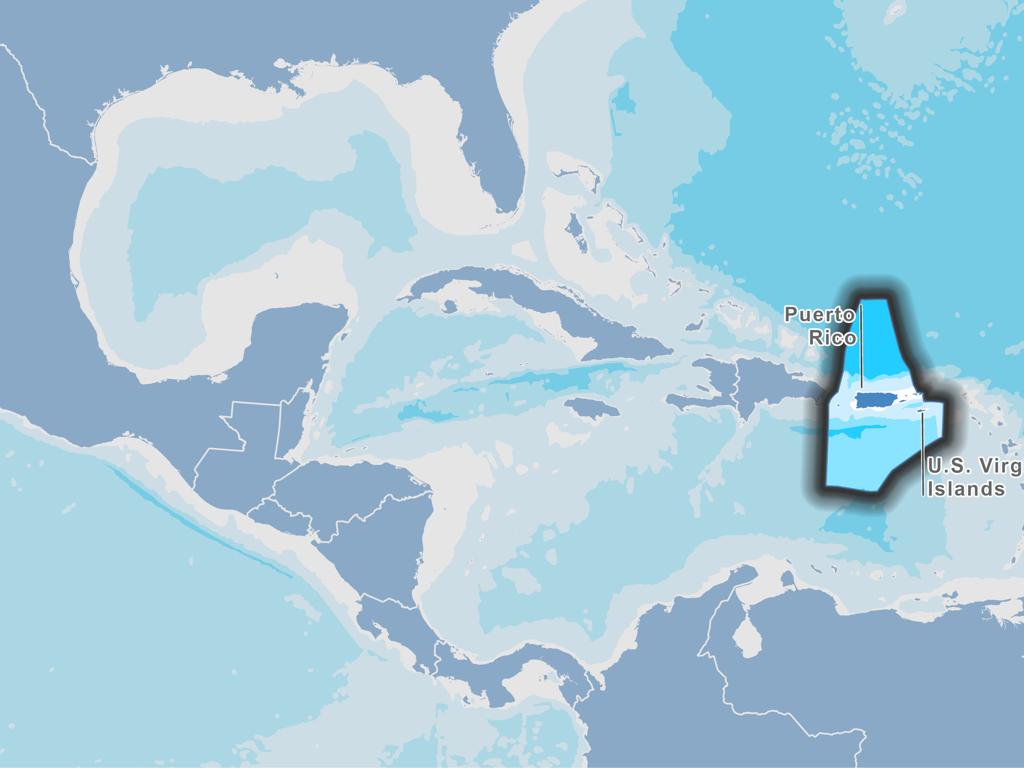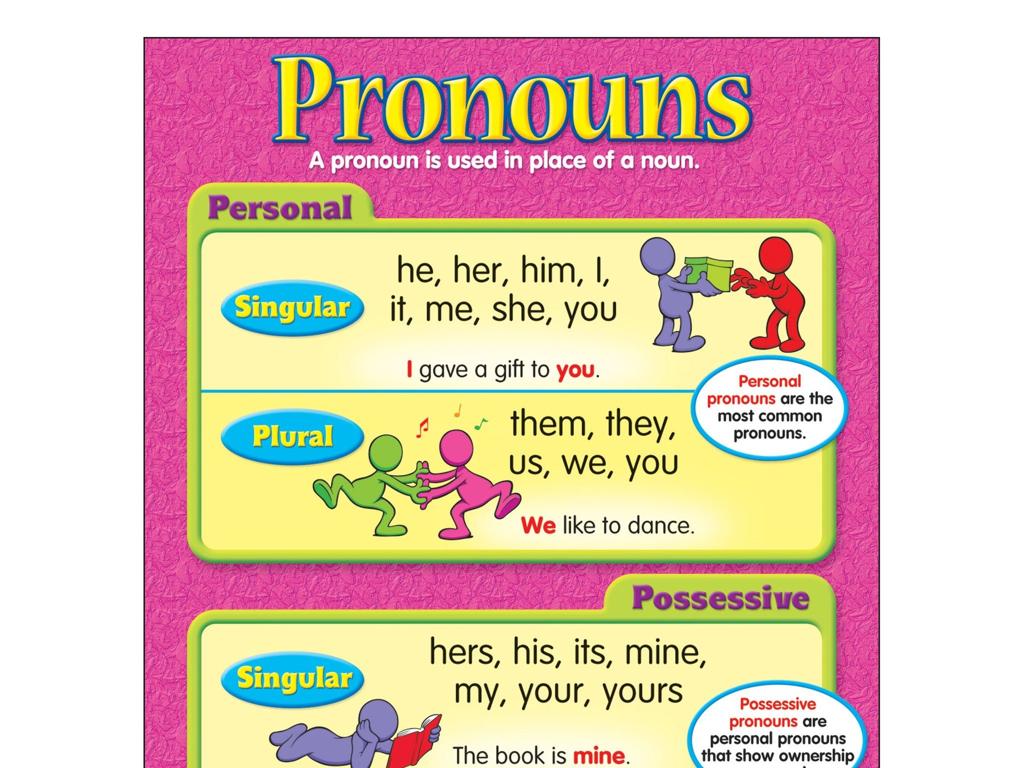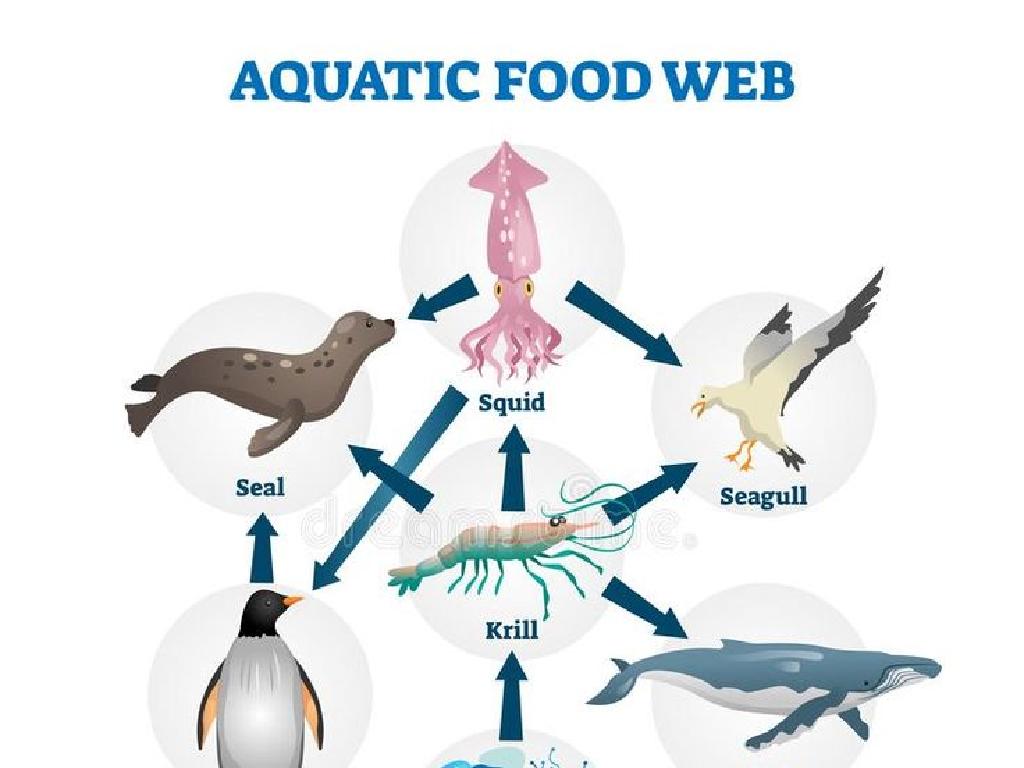Read Sight Words Set 4: All, But, Ride, Saw, What
Subject: Language arts
Grade: First grade
Topic: Sight Words
Please LOG IN to download the presentation. Access is available to registered users only.
View More Content
Welcome to Sight Words!
– Learn new common words
– Sight words boost reading skills
– Words like ‘the’, ‘and’, ‘it’ appear often in texts
– Fun activities to remember words
– Games, songs, and crafts make learning stick
– Practice: all, but, ride, saw, what
– We’ll use these words in sentences and stories
|
This slide introduces first graders to the concept of sight words, which are commonly used words that young readers should recognize instantly. Emphasize the importance of sight words in improving reading fluency and comprehension. Engage the students with interactive activities such as matching games, word bingo, or sing-alongs that incorporate the new sight words. Provide examples of each word in a sentence to illustrate usage. For homework, ask students to find these words in their favorite books or write a short story using all the new sight words. During the next class, students can share their sentences or stories to reinforce their learning.
Sight Words Set 4: Learning to Read Faster
– What are sight words?
– Words we often see and read
– Sight words are special
– They can be tricky and don’t always follow spelling rules
– Memorize for faster reading
– Knowing them by heart makes reading smoother
– They help us understand stories
– Recognizing sight words helps us grasp the story’s meaning quicker
|
This slide introduces the concept of sight words to first graders, emphasizing their importance in reading. Sight words are common words that appear frequently in text but may not follow standard phonetic rules, making them challenging for early readers. By memorizing sight words, students can read more fluently and with better comprehension. During the presentation, explain that knowing sight words allows students to focus on understanding the story rather than decoding each word. Encourage students to practice sight words regularly to build their reading confidence and proficiency.
Our Sight Words Set 4
– Today’s words: all, but, ride, saw, what
– Understanding their meanings
– ‘all’ means everything, ‘but’ is for exceptions, ‘ride’ is to travel on, ‘saw’ is past of see, ‘what’ is for questions
– Recognizing words in sentences
– Find these words in a book or on the board
– Practice using them in class
– We’ll write sentences together using each word
|
This slide introduces the new set of sight words for the class to learn. The focus is on the words ‘all,’ ‘but,’ ‘ride,’ ‘saw,’ and ‘what.’ Start by pronouncing each word clearly and repeating it a few times. Explain the meaning of each word and use it in a simple sentence. For example, ‘We saw a cat.’ Then, show how to recognize these words in sentences, perhaps by highlighting them in a text on the board. Finally, engage the students in a practice activity where they can use these words in sentences of their own. This could be a written exercise or an interactive game where they come up to the board and create sentences. The goal is to ensure that by the end of the lesson, each student can identify and understand these sight words in the context of reading and writing.
Sight Word: ‘all’
– ‘all’ means everything or everyone
– Example sentence using ‘all’
– ‘I ate all the cookies.’ – It shows ‘all’ means every cookie was eaten
– Practice saying ‘all’ together
– We’ll say ‘all’ as a class to remember it
|
The word ‘all’ is a common sight word that first graders need to recognize and understand. Start by explaining the meaning of ‘all’ as including everything or everyone without exception. Use a simple and relatable example to illustrate the use of ‘all’ in a sentence. Encourage the students to repeat the word ‘all’ after you to practice pronunciation and reinforce recognition. You can also engage the class by asking them to come up with their own sentences using ‘all’ or to identify objects in the classroom that they can refer to with ‘all’. This interactive approach helps solidify their understanding of the word and its usage in everyday language.
Sight Word: ‘but’
– ‘But’ shows contrast
– It connects ideas that differ
– Example: ‘I like cats, but I love dogs.’
– Shows liking for cats, yet a stronger feeling for dogs
– Create your own ‘but’ sentence
– Think of two different ideas and join them with ‘but’
|
The word ‘but’ is a conjunction often used to introduce a contrastive statement. It helps in comparing two different ideas or statements. For example, ‘I like to swim, but I don t like cold water.’ Encourage the students to come up with their own sentences using ‘but’ to show contrast between two ideas. This exercise will help them understand how to use the word in various contexts and see the relationship between contrasting statements. Provide guidance and examples to ensure they grasp the concept. Allow them to share their sentences with the class to build confidence in using the word ‘but’.
Sight Word Fun: ‘ride’
– ‘Ride’: To control movement
– Think of sitting on and moving something
– Example: ‘I can ride my bike.’
– Using ‘ride’ in a fun sentence
– Let’s pretend to ride a bike!
– Move your hands like you’re holding handlebars
|
The word ‘ride’ is an action word that first graders can easily relate to through activities like riding a bike or a scooter. Start by explaining the meaning of ‘ride’ with simple terms. Use the example sentence to show ‘ride’ in context. Encourage the children to act out riding a bike to connect the physical movement with the word, making it more memorable. This kinesthetic activity will help students to remember the word ‘ride’ and its meaning. During the next class, ask students to share sentences they’ve created using the word ‘ride’ or to describe experiences they’ve had riding something.
Sight Word Fun: ‘saw’
– ‘saw’ is past tense of ‘see’
– Example sentence with ‘saw’
– ‘I saw a rainbow yesterday.’ helps us understand how to use ‘saw’.
– Close and open eyes activity
– Imagine seeing something amazing when you open your eyes!
– Practice saying ‘saw’
|
This slide focuses on the sight word ‘saw’, which is the past tense of ‘see’. Start by explaining the concept of past tense to the students. Use the example sentence to show ‘saw’ in context. Engage the students with a fun activity: have them close their eyes and then open them, as if they’re seeing something for the first time, and say ‘saw’. This kinesthetic activity helps reinforce the word’s meaning and usage. Encourage the students to come up with their own sentences using ‘saw’ and practice saying the word multiple times to improve recall.
Sight Word: ‘what’
– ‘What’ is a question word
– Used to ask about things
– Example: ‘What is your name?’
– It’s used to learn about someone or something
– Let’s ask a ‘what’ question!
– Think of something you want to know and start with ‘what’
|
The word ‘what’ is one of the basic question words in English, used to inquire about people, places, or things. It’s important for first graders to recognize this word by sight to help them understand questions and engage in conversations. Start by explaining the use of ‘what’ with simple examples. Then, encourage students to come up with their own ‘what’ questions, which can be about their classmates, their environment, or their favorite things. This activity will help them apply the sight word in a practical context and reinforce their understanding through practice.
Let’s Practice Reading Sight Words!
– Read sentences together
– Spot ‘all’, ‘but’, ‘ride’, ‘saw’, ‘what’
– Find these words in sentences we read
– Raise your hand for sight words
– When you see a sight word, let’s see those hands go up!
– Practice makes perfect
– The more we practice, the better we get at recognizing these words!
|
This slide is designed for an interactive reading session where students will practice recognizing sight words set 4: ‘all’, ‘but’, ‘ride’, ‘saw’, ‘what’. Start by reading sentences aloud and encourage students to actively look for the sight words. When a student spots a sight word, they should raise their hand. This activity helps to reinforce word recognition and encourages participation. As the teacher, you can provide sentences that contain these words or use a storybook. Make sure to praise students for their efforts and correct gently if they make mistakes. The goal is to build confidence and fluency in reading. You can also turn this into a game where students earn points for spotting sight words to make the activity more engaging.
Sight Word Bingo Game
– We’re playing Sight Word Bingo!
– Listen for sight words: all, but, ride, saw, what
– Words like ‘all’ and ‘what’ may be called out
– Cover the word on your Bingo card
– Use something to mark your card when you hear a word
– Shout ‘Bingo!’ when all your words are covered
– Be the first to cover all to win the game
|
This slide introduces a class activity designed to help first graders recognize and remember sight words through a fun game of Bingo. Each student will have a Bingo card with a selection of sight words from set 4. As the teacher calls out words randomly, students will cover the corresponding word on their card. The first student to cover all their words will call out ‘Bingo!’ and win the game. This activity encourages active listening and quick recognition of sight words. Prepare Bingo cards in advance, ensure each student understands the rules, and have small prizes or stickers for winners to make the game exciting. Consider having multiple rounds to give each student a chance to win.





